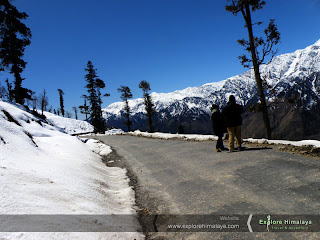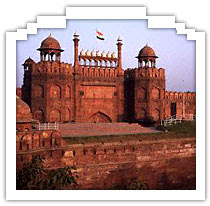Honey Moon in India- Kullu - Manali

Best place for Honey Moon - Kullu - Manali
Kullu enjoys an elevation of 1200 m and 2050 m above the sea level in Kull u Manali. Enjoy the pleasant weather, clean air, serene environs and most important of all beautiful company of your life partner on Honeymoon in Kullu and Manali. At an approachable distance from Shimla, Kullu and Manali offers wide range of accommodation facilities, picturesque locations and serenity required to make Honeymoon in Kullu and Manali an affair to remember. So If you finding best Honeymoon Destination in India Kullu and Manali is the best pl
u Manali. Enjoy the pleasant weather, clean air, serene environs and most important of all beautiful company of your life partner on Honeymoon in Kullu and Manali. At an approachable distance from Shimla, Kullu and Manali offers wide range of accommodation facilities, picturesque locations and serenity required to make Honeymoon in Kullu and Manali an affair to remember. So If you finding best Honeymoon Destination in India Kullu and Manali is the best pl ace for you.
ace for you.
Attraction in Kullu and Manali
While in Kullu, you must visit the Raghunath Temple, Jagannathi Devi Temple, Bekhli Temple, Basheshwar Mahadev Temple and Bijli Mahadev Temple. Extend your Honeymoon in Kullu to take an excursion to Nagar, Raison, Shoja, Manikaran and Kasol. In Manali, visit the Hadimba Temple, Manu Temple, Jagatsukh Temple, Arjun Gufa, Gadhan Thekchhokling Gompa, Himalayan Nyingamapa Gompa, Museum of Traditional Himachal Culture and Village Vashisht. Solang Nullah, Waterfa lls, Rohtang Pass, Dassaur Lake and Beas Kund are the places for extended tours on Honeymoon in Manali. A tint of adventurous activity is welcome on Honeymoon in Kullu and Manali after lot of sightseeing tours of built and natural heritage. Try out angling, camping, hiking, jeep safaris, kayaking, mountain biking, mountaineering, paragliding, skiing, trekking or water rafting on Honeymoon in Kullu and Manali. Enjoy a bit of shopping for the famous loc
lls, Rohtang Pass, Dassaur Lake and Beas Kund are the places for extended tours on Honeymoon in Manali. A tint of adventurous activity is welcome on Honeymoon in Kullu and Manali after lot of sightseeing tours of built and natural heritage. Try out angling, camping, hiking, jeep safaris, kayaking, mountain biking, mountaineering, paragliding, skiing, trekking or water rafting on Honeymoon in Kullu and Manali. Enjoy a bit of shopping for the famous loc ally made products such as baskets, namdas or rugs, natural oils of almond and olive caps, pullan-a kind of footwear, shawls and tweed on Honeymoon in Himachal Pradesh.
ally made products such as baskets, namdas or rugs, natural oils of almond and olive caps, pullan-a kind of footwear, shawls and tweed on Honeymoon in Himachal Pradesh.

































